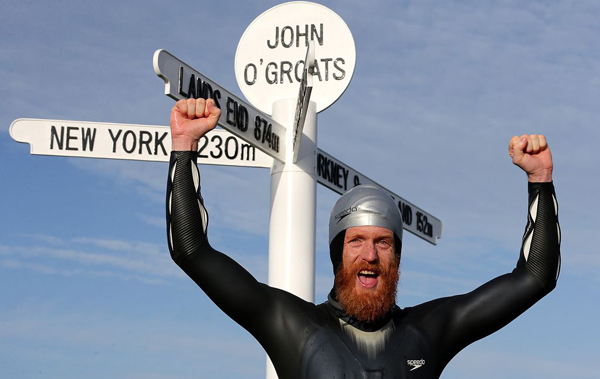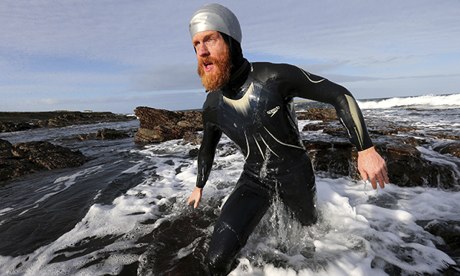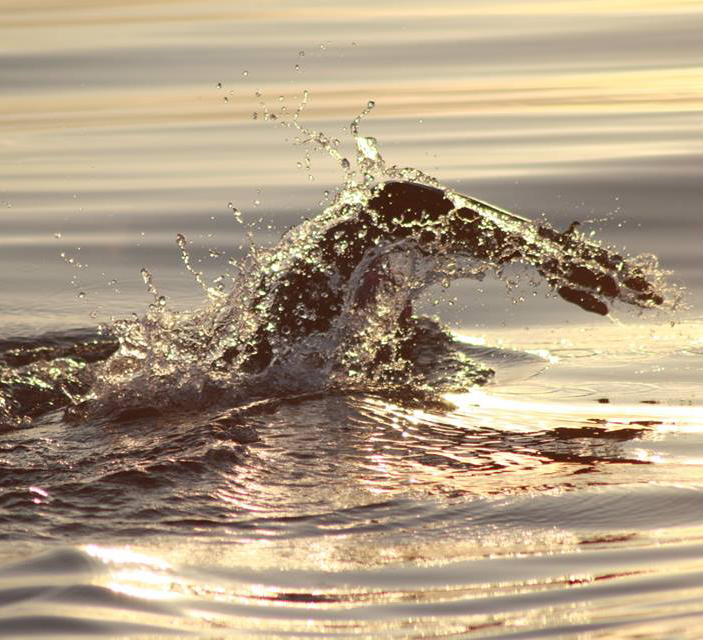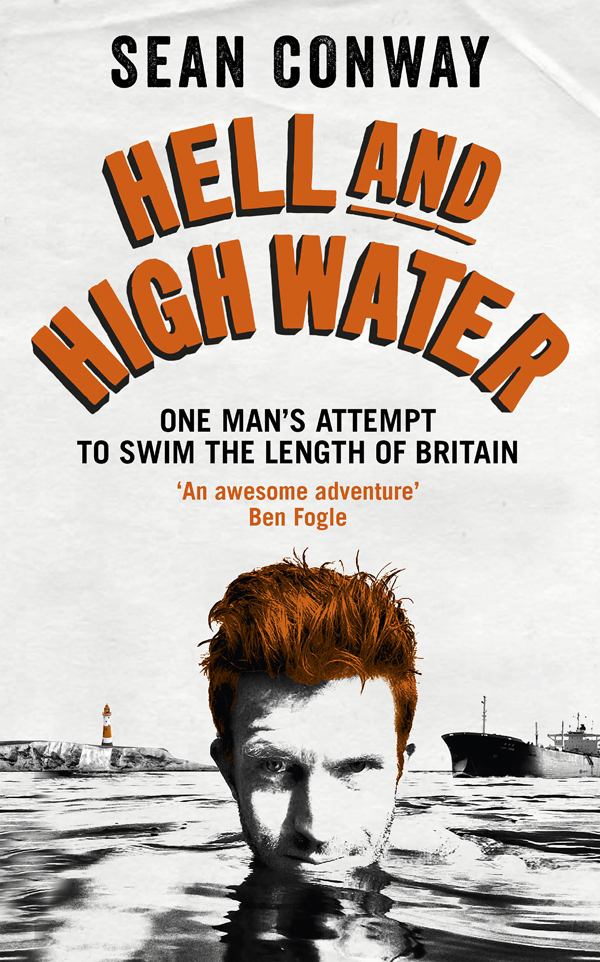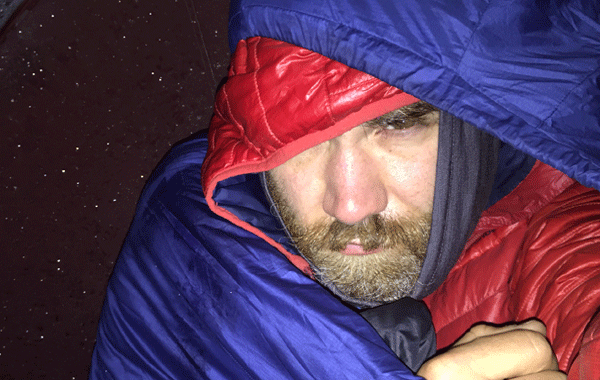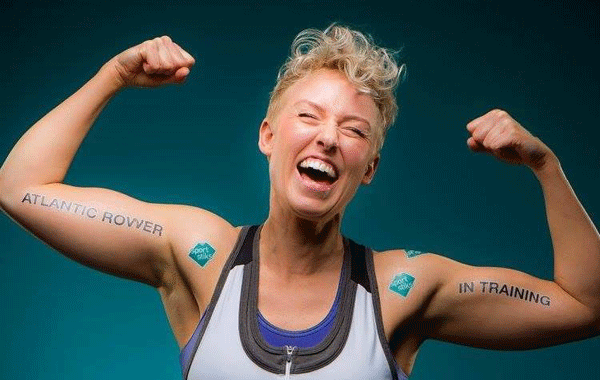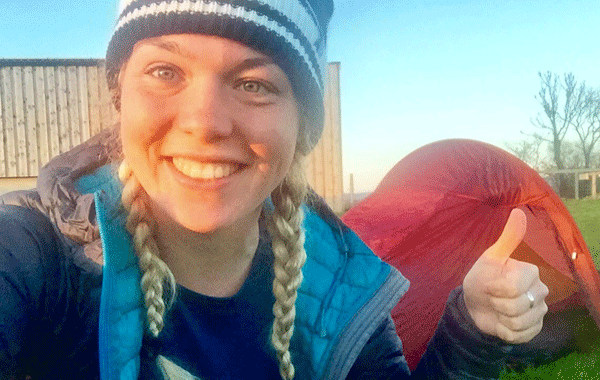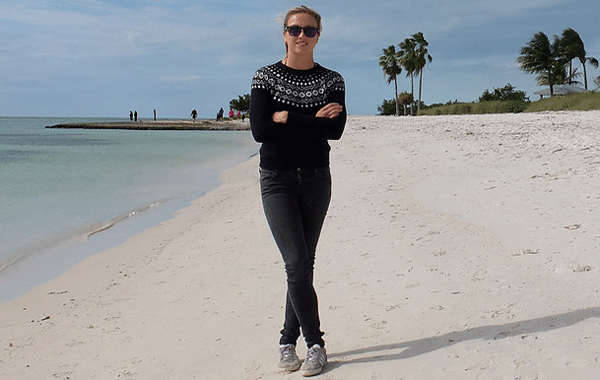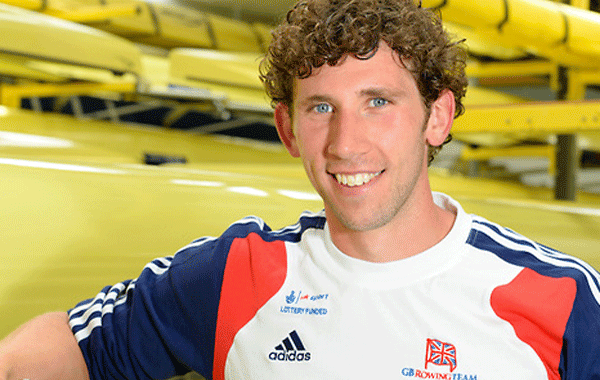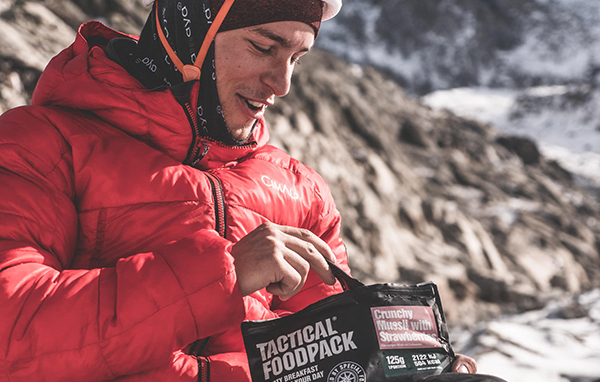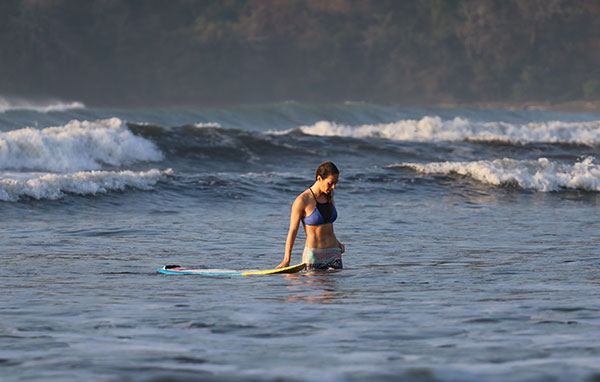SEAN CONWAY is a photographer who has always had a passion for adventure. Having grown up in Zimbabwe he became used to a life outdoors with early experiences including chasing elephants out of the family’s garden on a regular basis.
Sean later moved to the UK where after nearly a decade of work he made the decision to quit his job and embark on a life of adventure, setting himself several challenges that have seen him recognised globally and named ‘Adventurer of the Year 2014’ by the Scottish National Adventure Awards.
It was in June 2013 Sean Conway set out from Land’s End in his bid to be the first person to swim the length of Britain. It was a challenge so extreme that not only had it never been attempted before, but most of the sponsors Sean approached turned him down as they were worried that he would die trying.
In this interview he talks about his life so far and influences and challenges as well as more about the book, Hell and High Water, which was released earlier this month and details those epic four-and-a-half months swimming the length of Great Britain.
What was it like growing up in Zimbabwe and who and what were any early influences on your passion for the outdoors and adventure?
My father is a game range rhino conservationist so life was pretty adventurous as a kid. Chasing elephants out of the garden wasn’t a rare thing, and on occasions actually rather annoying. We only had electricity for a few hours a day which forced me to stay outside, climb trees and use my imagination. Its only now that I realise how lucky I was.
You came to the UK in 2002. Could you give us some background on your early experiences here and what was it about the UK that attracted you?
My family is British. Gran and Grandad took the ferry to the colonies back in the day. In 2002 I fancied coming to England to travel and explore the world from here which is a lot easier as the UK is in the centre of the map. I had nothing but £100 in my wallet and remember arriving at Heathrow and had no idea what I was doing. I eventually landed up in Cambridge (where lots of my family live) and worked in a salad factory making pre-packed salads. Although a pretty horrendous job it gave me opportunity to save £500 to move to London where I started to pursue my love for photography.
In 2011 you made the decision to focus on a career of adventure. What influenced you to do this and how easy was it to pack in the day job?
As a young photographer I had all these dreams of being an amazing travel photographer. Unfortunately I didn’t keep focused on my dreams and instead spent my time photographing bankers in the city in the morning, who did not want to be photographed after the recession, and photographing crying babies for school portraits in the afternoon, who equally didn’t want to be photographed. I was a glorified passport photographer and hated it.
I turned 30 in 2011 and realised something needed to change so I walked into my office and asked my business partner to buy my shares. He offered me £1. I agreed and walked away a few weeks later. My adventures then started because I just wanted to go travelling. I had no intention of it as a ’career’. I just knew I wanted to push myself physically and mentally which I hadn’t done in years. As it turned out I’m good at being cold, wet, hungry and miserable.
You have since embarked on several adventures and set yourself some extremely intense challenges. What have some of the highlights been?
Too many to mention really but cycling 180 miles per day through the driest place on earth (the Atacama desert) was surreal. Swimming with dolphins and seals as I swam up Britain was also a memory I’ll never forget.
You recently became the first person to swim the length of Great Britain and have gone on to write a book, Hell and High Water, telling the story of the four-and-a-half months it took . What made you set yourself this particular challenge and what some of the biggest obstacles you came across?
I was just looking for the next thing that inspired me. When I thought about the swim I honestly thought it had been done and I wanted to maybe be the fastest. When I realised that no-one had even attempted it, and my research suggested it was possible, I knew this was the one for me. Everything about the swim was hard. Finding crew, getting to the start line, being in freezing cold water for months, frostbite, seasickness, the list goes one. It really was the hardest thing I’ve ever done.
What can readers expect from the book and how did you find putting pen to paper to tell your story?
l love writing as it lets me relive the adventure once more. It helps cement the memories forever. The book is a mixture of telling everyone how I managed to completes the swim, all the highs and lows, and the many many issues I had along the way. Its also a book that really shows Britain from an interesting viewpoint as I explored hidden coves, shipwrecks and beaches that you can only access form the sea. Swimming for four-and-a-half months up one of the most treacherous coastlines in the world certainly captures peoples imagination, as it did mine.
What does the rest of the year have in store for you and are you planning another challenge in the near future?
Considering I’ve cycled and swam the length of Britain I’m now in training to complete the third and final leg of the world’s first length of Britain triathlon by completing the run. I start at the end of March and hope to take six weeks as I explore hidden trails around the UK. Follow progress at www.runseanrun.com

